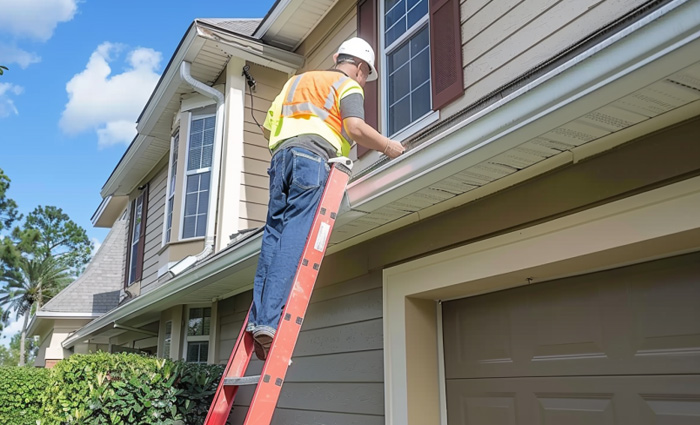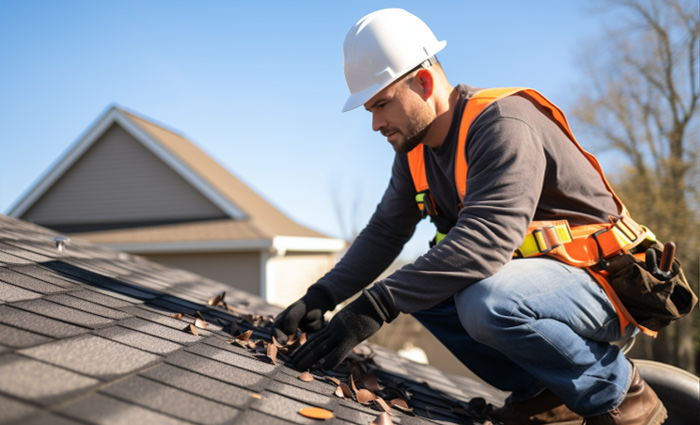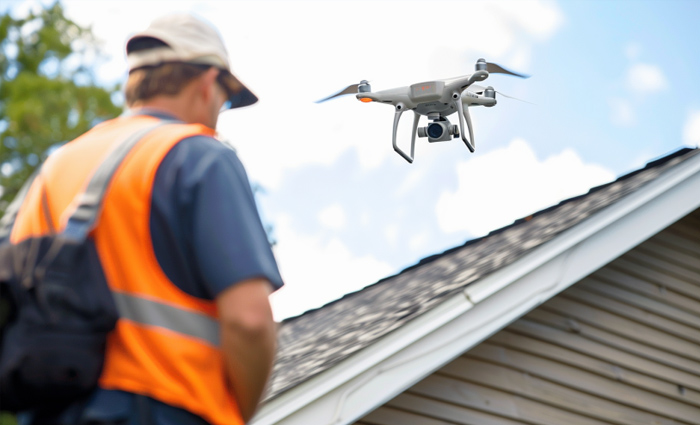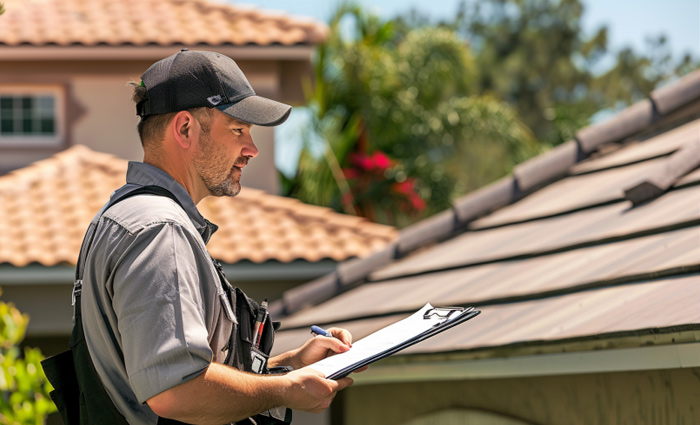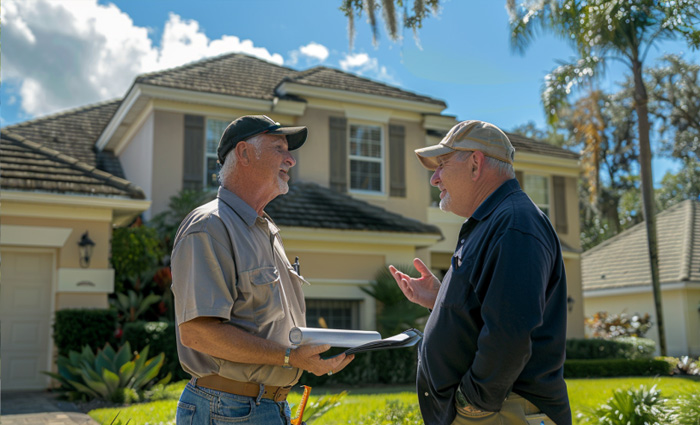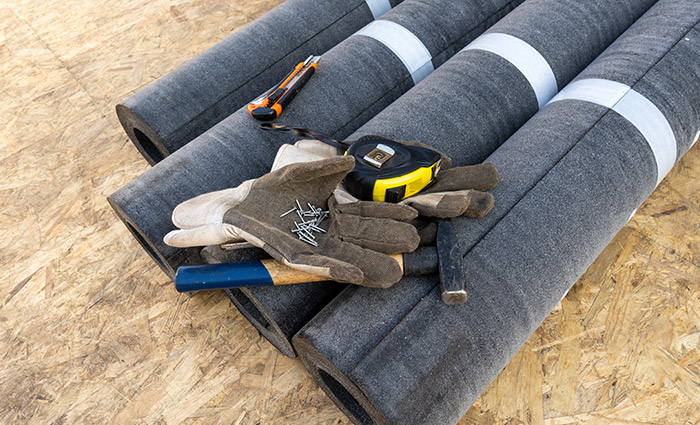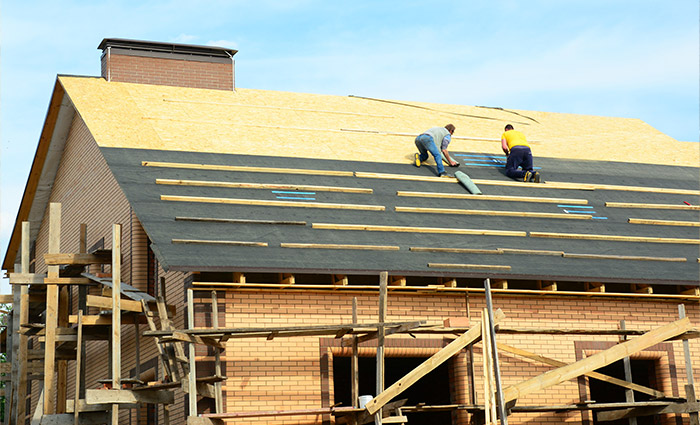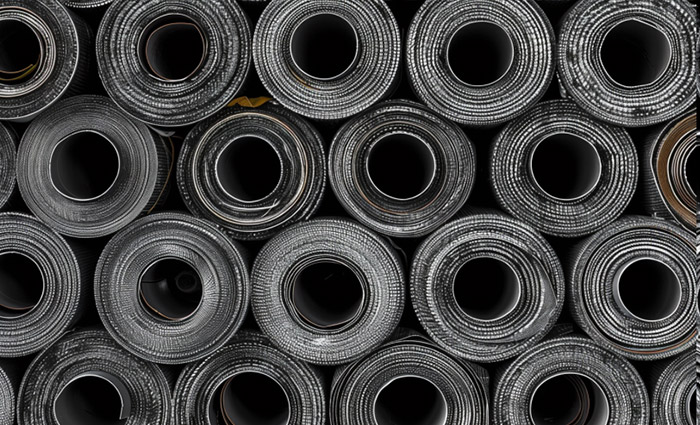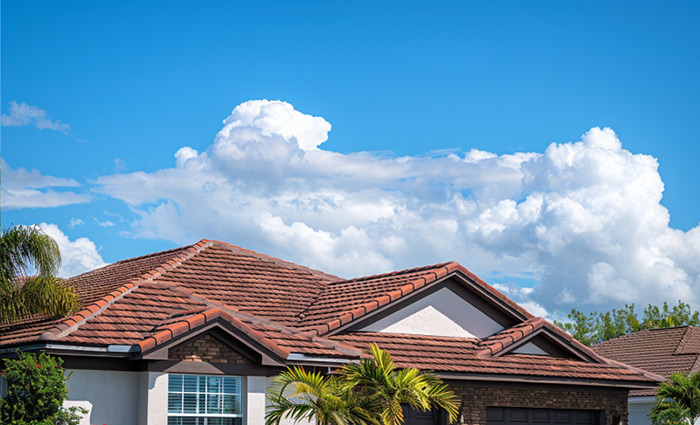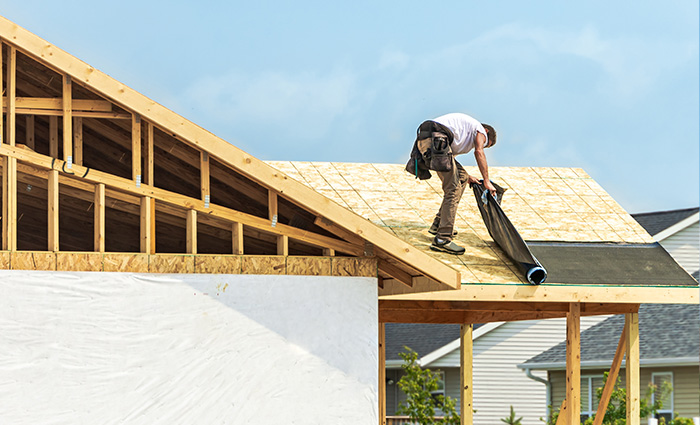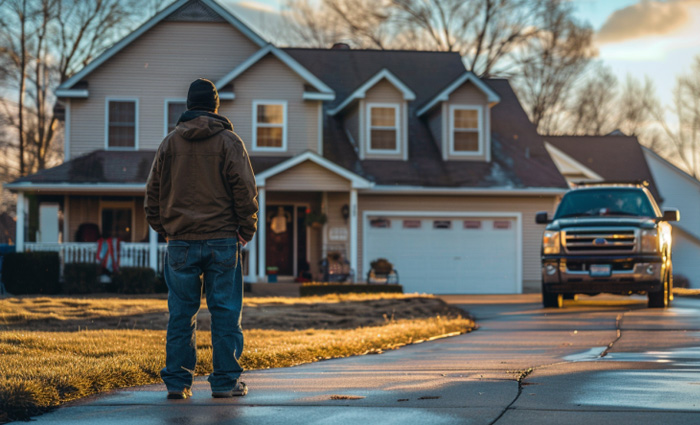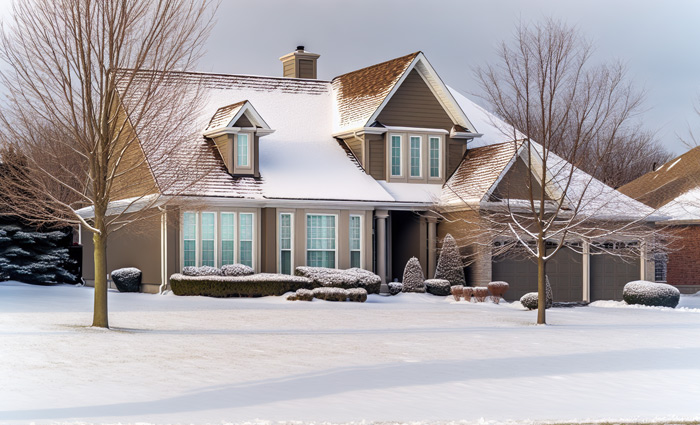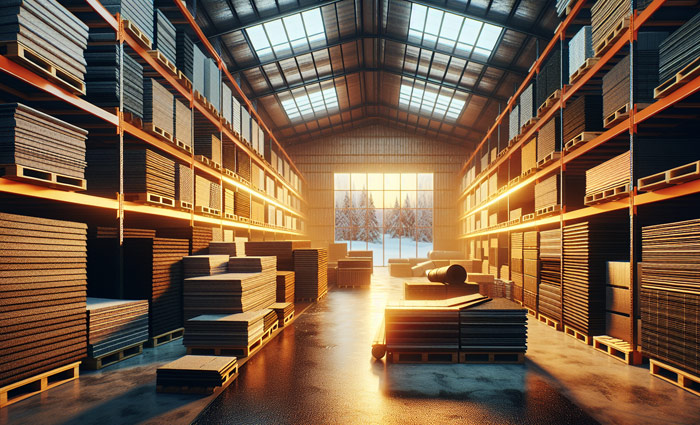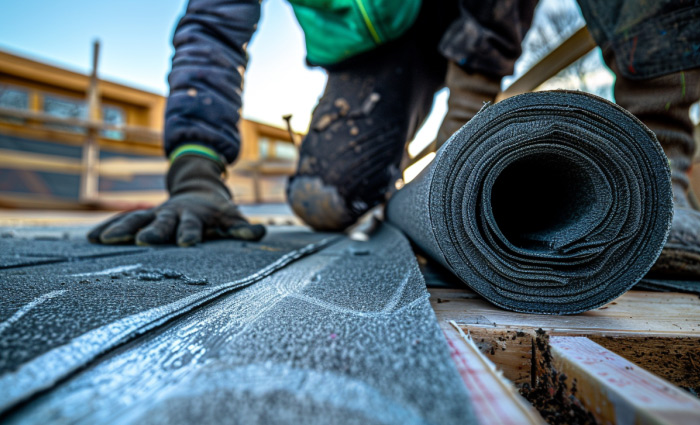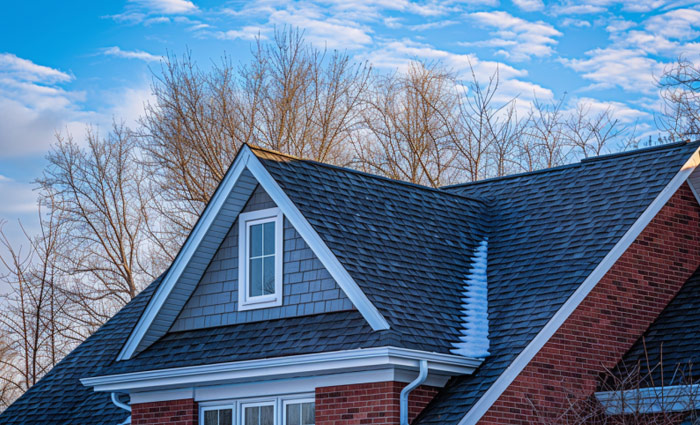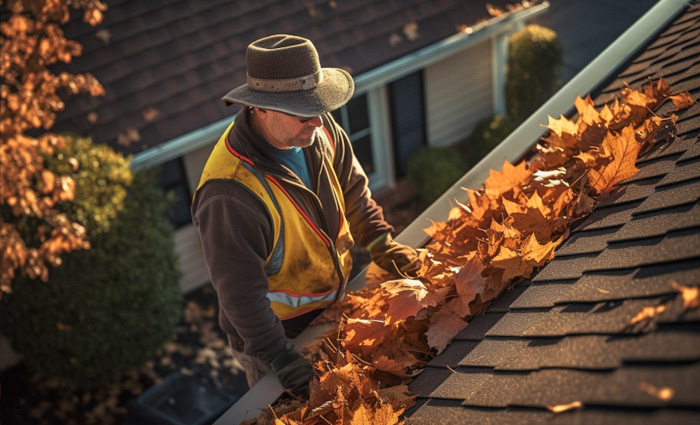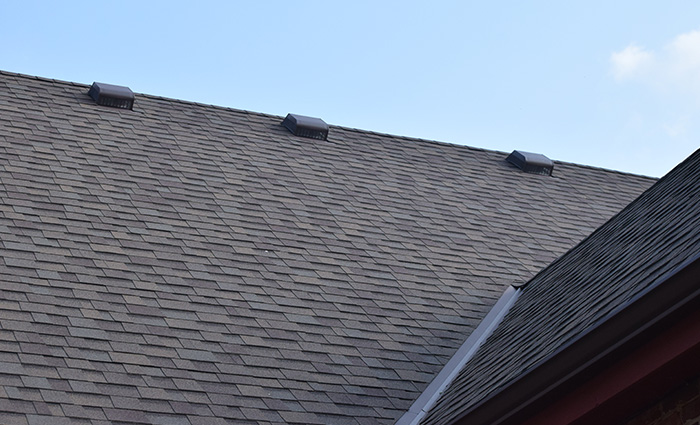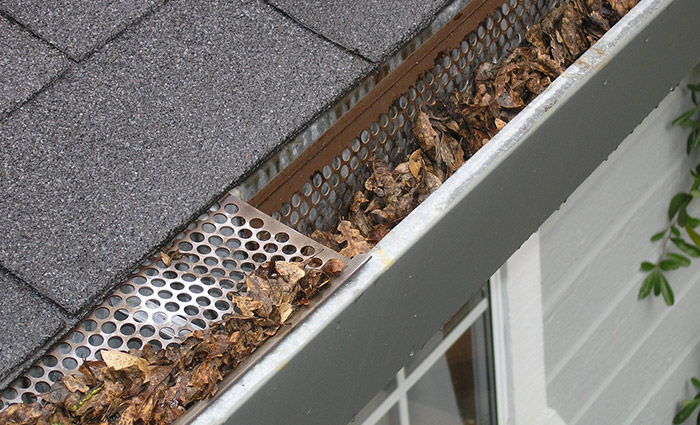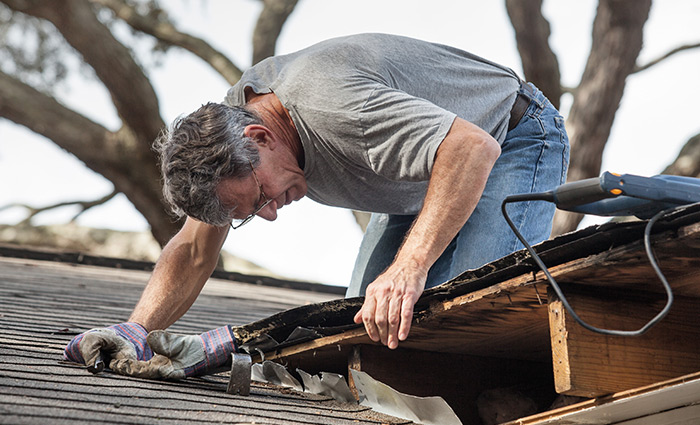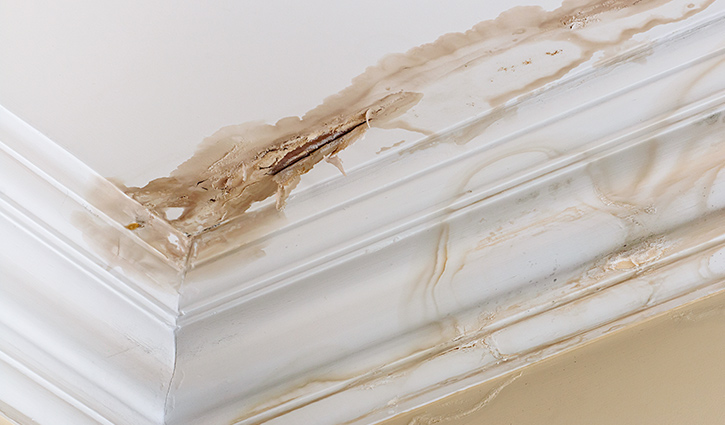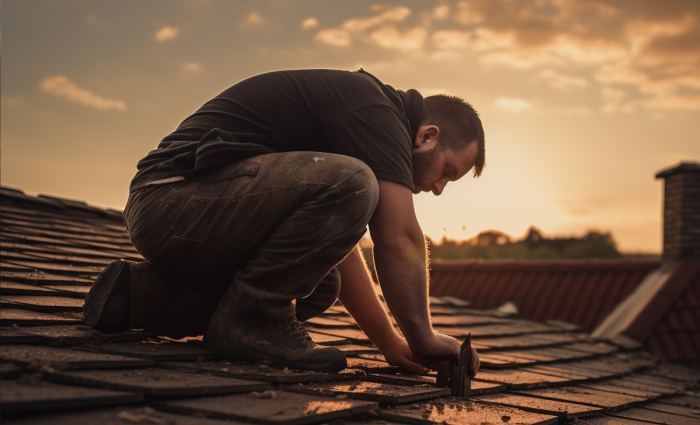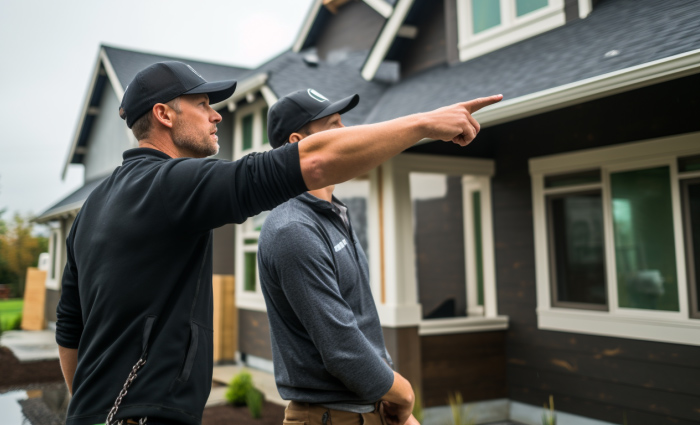Are you considering a clay tile roof for your home? Then, you’re looking at a roofing solution known for its durability, classic beauty, and rich heritage. A clay tile roof excels in longevity, resists harsh weather, and offers a timeless aesthetic appeal, but it is also important to consider its weight, installation requirements, and maintenance needs. This article delves into the intricacies of clay tile roofing, giving you the information necessary to decide If clay tile roofing is suitable for your home, from understanding costs to maintenance tips.
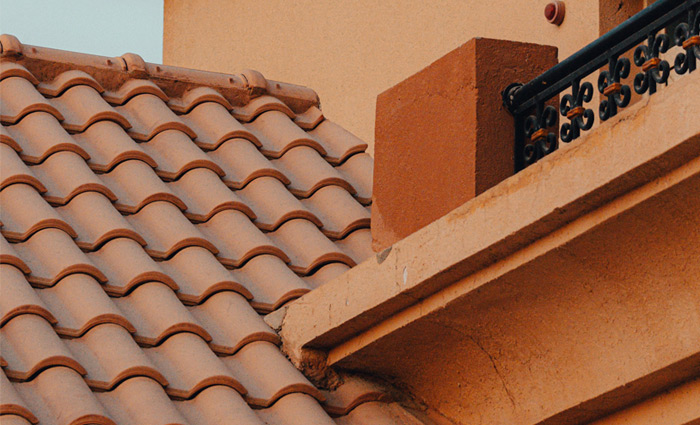
Key Takeaways
- Clay tile roofs boast a timeless aesthetic appeal suitable for various architectural styles. They have a rich history and diverse styles available and can enhance a home’s curb appeal and architectural consistency.
- While offering excellent durability, longevity, and resistance to harsh weather, clay tile roofing requires careful consideration of weight, cost, and potential for structural reinforcements, making it a significant financial investment.
- Clay tile roofs require professional expertise for installation and maintenance, and routine inspections and repairs are crucial to their long-term preservation. Alternative roofing options should be considered for their unique advantages and challenges.
The Enduring Elegance of Clay Tile Roofs
Clay tile roofs are not just a mere covering for your home; they are a statement of elegance and a testament to timeless design. The allure of terra cotta clay tiles is universal, transcending cultures and centuries to offer a classic look that complements a wide array of architectural styles.
Whether gracing the slopes of a Mediterranean villa or adding a refined touch to a modern abode, clay tiles provide an aesthetic value unmatched by other roofing materials and roof types.
The Rich History and Variety of Clay Tile Styles

The journey of clay tiles began over 5,000 years ago, and their tradition has been cherished and adapted through the ages. From the curved profiles of barrel tiles that grace Spanish rooftops to the elegant French tiles with their unique flutes, the variety of clay tile styles is as rich as their history.
The versatility of clay tiles and slate tiles allows them to be crafted into shapes that can mimic traditional wood shakes or the classic S-shape of Spanish tiles, making them suitable for an array of climates and architectural demands.
Matching Clay Tiles to Your Home’s Architecture
Choosing the right clay tile style is key to maintaining architectural consistency and boosting your home’s curb appeal. Mediterranean and Spanish-style homes often feature the high-profile silhouette of barrel tiles, while French clay tiles lend a touch of European grandeur to historical residences.
Flat tiles, especially those made of clay, provide a sleek, minimalist aesthetic for the contemporary home. The rustic charm of Italian clay tiles is perfectly suited for Tuscan-inspired architecture.
Unveiling the Pros and Cons of Clay Tile Roofing
Clay tile roofs are lauded for their durability and aesthetic appeal; however, they come with their own set of considerations. While homeowners may be drawn to the potential increase in home value and the suitability of clay tiles for hot climates, it’s important to acknowledge their susceptibility to cracking and the significant maintenance they require. These factors must be carefully weighed against the benefits to make an informed decision.
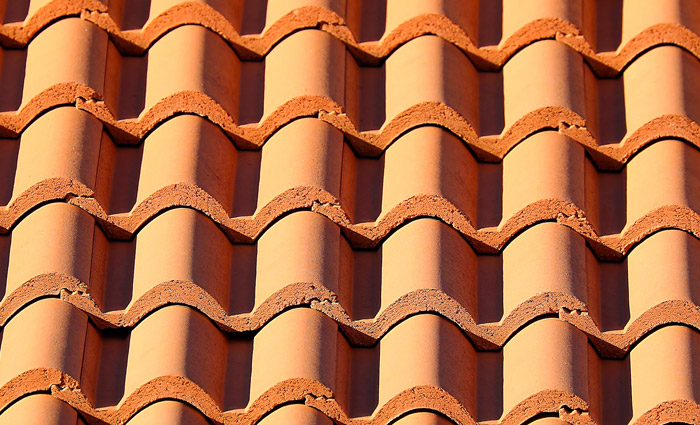
Longevity and Resistance: The Strengths of Clay Tile
The resilience of clay tiles is evident in their remarkable longevity, which often exceeds a century. These tiles stand up to the harshest elements, from fierce winds to punishing hail, while boasting a Class A fire rating, providing homeowners with peace of mind and a sense of security.
The reputation of clay tile roofing, a popular choice for clay roof installations, is built on this blend of durability and resistance, similar to slate roofing. In fact, slate roofing systems offer a comparable level of quality and longevity.
Considerations Before Installation: Weight and Cost Implications
Considering the practical implications of installing clay tile roofing is essential before you fall in love with its beauty. The substantial weight of terra cotta clay tiles demands a robust roof structure, which may necessitate costly reinforcements. Additionally, removing old roofing materials to make way for new clay tiles can significantly increase the project’s overall expense.
Understanding the Investment: Clay Tile Roofing Costs
Investing in a clay tile roof goes beyond an aesthetic upgrade; it involves a serious financial commitment that needs thoughtful consideration. With costs ranging from $7 to $25 per square foot, including labor, clay tile roofing is an investment that necessitates a long-term perspective. The price per square foot for materials alone averages around $6, highlighting the significance of labor in the total cost.
Price Per Square Foot: Estimating Your Clay Tile Roof
When estimating the cost of a new clay tile roof, it’s important to factor in both the cost of materials and labor. The material costs for clay tiles can vary, with interlocking tiles at the lower end of the spectrum and premium options like barrel tiles on the higher side. Labor costs, influenced by the complexity of the roof’s design, can significantly add to the investment.
Long-Term Savings: Energy Efficiency and Maintenance
The benefits of a clay tile roof include:
- Immediate visual appeal
- Significant energy savings
- Insulating properties that contribute to a reduction in cooling costs, especially during warmer months
- Light-colored terra-cotta tiles with higher solar reflectance offer additional energy efficiency benefits.
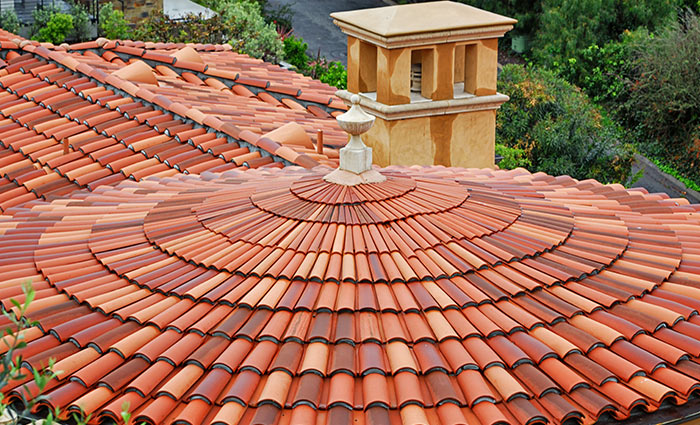
Over time, clay tiles’ durability can result in long-term cost savings compared to other roofing materials that may require more frequent replacement or costly repairs.
Maintaining the Majesty: Clay Tile Roof Upkeep
Keeping a clay tile roof in majestic condition requires diligent maintenance, including regular inspections and professional cleaning. Promptly addressing issues such as inadequate flashing or compromised roof integrity can prevent the escalation of minor problems into major repairs.
Additionally, sealing tiles after cleaning can simplify future maintenance efforts and maintain the roof’s aesthetic quality.
Routine Roof Care: Inspection and Cleaning Tips
Regular inspections are crucial to safeguarding the integrity of clay tile roofs, particularly in regions susceptible to heavy snow or extreme weather conditions. Cleaning to remove debris and prevent moss or mold growth is an important part of routine maintenance.
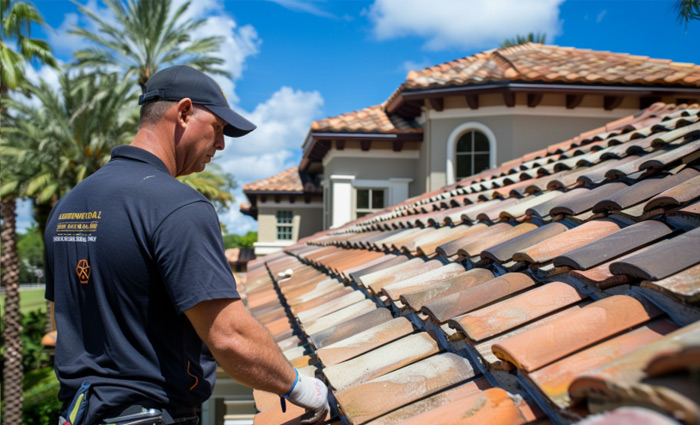
Due to the safety concerns and expertise required, it is advisable to enlist the services of a professional for these tasks.
When Repairs are Needed: Handling Broken or Cracked Tiles
In case of broken or cracked tiles, it’s vital to carry out prompt repairs to prevent further damage to the roof. The process involves carefully removing the damaged tiles and replacing them with new roofing tiles that match the existing roof’s appearance.
While clay tile roofs may require more frequent maintenance than other roofing types, their longevity justifies the effort.
Installing Clay Tile Roofs: What You Need to Know
Installing a clay tile roof is an intricate task that requires specialist skills and a comprehensive knowledge of the material’s distinctive characteristics. The heavyweight of clay tiles often requires additional support from the roof substructure, and meeting the minimum slope requirements is essential for effective drainage and preventing leaks.
The Right Way to Install: Ensuring Proper Technique
Employing the correct installation methods is crucial for ensuring a clay tile roof’s long-term durability and optimal performance. Every step in the installation process contributes to the roof’s overall integrity, from ensuring the correct slope to installing an ice barrier in regions prone to ice damming. Incorrect methods or inadequate flashing can drastically reduce the lifespan of clay tiles and compromise the roofing system.
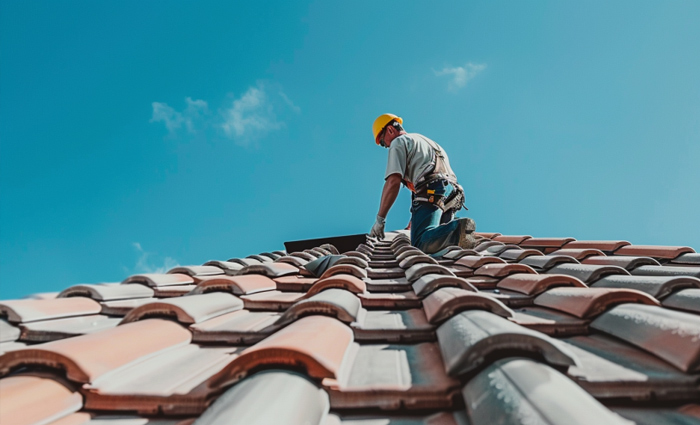
Choosing the Right Contractor: Compare Quotes and Experience
Choosing an experienced contractor for clay tile roof installation is as crucial as the materials’ quality. Homeowners should consider the following when selecting a contractor:
- Compare quotes
- Assess the experience, licensing, insurance, and reputation of potential contractors
- Consider the contractor’s commitment to safety protocols
- Look for a comprehensive warranty on materials and workmanship
By considering these factors, homeowners can ensure they choose a reliable and skilled contractor for their clay tile roof installation.
Alternative Roofing Materials: Comparing Clay Tiles to Other Options
When exploring roofing options, homeowners should also consider alternatives like concrete tiles, metal roofs, wood shakes, and asphalt shingles. Each material offers its own set of advantages and challenges, and understanding these can help homeowners make decisions that align with their preferences and requirements.
Concrete vs. Clay: A Close Look at Similar Roofing Types
Concrete tiles offer a versatile alternative to clay tiles, with the ability to mimic various styles. However, their significant weight means that the roof structure and installation implications must be carefully considered.
The choice between concrete and clay often involves balancing aesthetic preferences, structural considerations, and budget constraints.
Metal and Wood Alternatives: Weighing the Pros and Cons
Metal roofs and wood shakes each have unique characteristics that may appeal to different homeowners. Metal roofs are known for their longevity and energy efficiency but may be prone to cosmetic damage and noise during inclement weather.
Wood shakes offer natural aesthetics and insulation benefits but require more maintenance and have fire safety considerations.
Clay Tile Roof Summary
As we conclude this exploration of clay tile roofs, it’s clear that they offer an exceptional blend of durability, beauty, and history. While the initial investment and maintenance requirements may seem daunting, the long-term benefits of energy efficiency, increased home value, and the sheer elegance they bring to a home’s exterior cannot be overlooked. For those who choose clay tile roofing, the result is a timeless masterpiece that will protect and beautify their home for generations.
Clay Tile Roof Frequently Asked Questions
Roofing the Villages answers the most common clay tile roof questions below:
How long can I expect my clay tile roof to last?
A well-maintained clay tile roof can last over 100 years, offering long-lasting protection and aesthetic appeal for your home.
Are clay tile roofs only suitable for certain architectural styles?
No, clay tile roofs are adaptable to various architectural styles, including barrel, flat, French, and Spanish tiles. Therefore, they are not only suitable for certain architectural styles.
What are the main drawbacks of choosing a clay tile roof?
The main drawbacks of choosing a clay tile roof are the potential for cracked or damaged tiles, the need for a reinforced roof structure due to their weight, and higher upfront costs compared to other roofing materials. These factors should be carefully considered before making a decision.
Can clay tile roofs help reduce energy costs?
Yes, clay tile roofs can help reduce energy costs by limiting heat transfer and reducing cooling expenses, especially in warmer climates.
Is it difficult to find a contractor experienced in installing clay tile roofs?
Finding a contractor experienced in installing clay tile roofs can be challenging due to the specialized skills required, but comparing quotes and evaluating contractors’ experience and reputation can help in finding a qualified professional.
(352) 293-2449
For the original version of this article visit: https://roofersthevillagesfl.com/clay-tile-roof/
